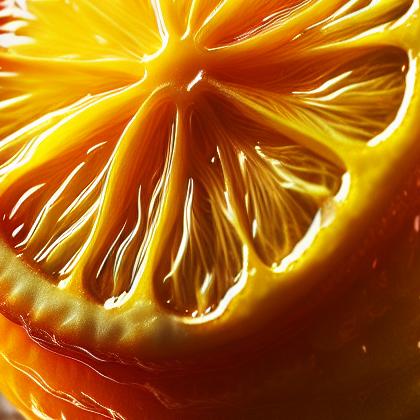Showing results for 'Preserved lemon'
close
Preserved Lemon

Preserved lemon or lemon pickle is a condiment that is common in South Asian and North African cuisine. It is also known as "country lemon" and leems. Diced, quartered, halved, or whole, lemons are pickled in a brine of water, lemon juice, and salt; occasionally spices are included as well. The pickle is allowed to ferment at room temperature for weeks or months before it is used. The pulp of the preserved lemon can be used in stews and sauces, but it is the peel (zest and pith together) that is most valued. The flavor is mildly tart but intensely lemony.
Preserved lemon Properties:
| Food Property | Type | Description |
|---|---|---|
| Flavor Profile | Sour | Preserved lemons have a strong sour flavor due to the fermentation process they undergo. |
| Texture | Firmness | Preserved lemons have a firm texture, with the rind softened but still retaining some bite. |
| Nutritional Value | Micronutrients | Preserved lemons are rich in vitamins and minerals such as vitamin C, calcium, and magnesium. |
| Color | Natural Pigments | Preserved lemons develop a vibrant yellow color as they ferment. |
| Aroma | Volatile Compounds | Preserved lemons have a distinctive tangy aroma due to the fermentation process. |
| Chemical Composition | Acidity/Alkalinity (pH) | Preserved lemons have a low pH level, making them acidic in nature. |
| Cooking Behavior | Heat Conductivity | Preserved lemons can be used in cooking to add a tangy flavor to dishes. |
Food Pairing App - Version 1.2.0
